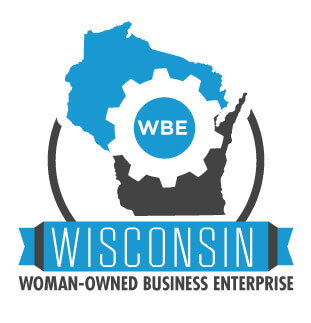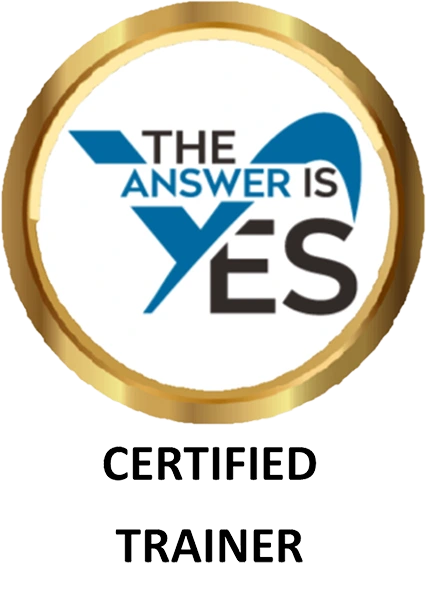“Feedback is the breakfast of champions”. Kenneth Blanchard
When we finish giving a presentation or conducting a training program, what do we really want our audience or training participants to tell us- and when would we like that feedback?
There are a variety of written evaluation strategies in use.
Some trainers use evaluation sheets with a Likert scale (for example, rating 1-5) so the audience can provide a numerical rating. The belief is that it is faster for participants to select a rating than to write a comment- and there is certainly some truth to that.
The questions may fall into general categories that pertain to the content, the format and the presenter. The questions may relate to each of the learning objectives for the program, to see if the stated objectives were achieved. Both types of questions may be combined.
I find the feedback that numerical ratings provide is the least useful for me, particularly if there is no place for the respondents to explain their reasons for the ratings. If they like something, I would like to know why. If they don’t like something, I would like to know why not and what they would prefer for me to do instead.
Some evaluation formats include an open comments question below each rated question. However, in my experience, participants very rarely add explanatory comments.
Some trainers ask for written responses to specific questions. The last question is typically the open question: “Additional comments?” I prefer this approach. However, there is often little time for participants to complete evaluations. As a result, many give one- word answers. Some even hand in blank evaluations! Even so, I think this type of written evaluation form is better than the form with the more impersonal numerical ratings.
Some trainers include a combination of rated questions and open questions. I have done this for many training programs over the past few years. What I’ve discovered is that I am much more interested in what is written in response to the open questions than in the ratings. However, some clients like to have their programs numerically rated. This hybrid numerical rating/open question approach tends to meet both of our needs.
Some trainers ask for quick written feedback to three questions on an index card. For example: What is one thing you liked about the program? What is one thing you would change about the program? Overall, what did you think about the training?
Some trainers just ask the first two questions. And some trainers provide a blank sheet of paper and ask the participants to write whatever feedback they would like to give.
I have found that participants are more likely to complete the written evaluation, whatever form it may take, if they have sufficient time to answer the questions and the evaluation is not the last activity in the program. Few participants want to stay after the program to complete an evaluation.
Generally, I ask participants to either leave their evaluations at their table or to drop it off on a table next to the door.
One trick I’ve learned to ensure that all of the participants in a large audience will complete their evaluation is to offer them a small token of appreciation in return. You just need to make sure there is only one exit and you are standing in front of the door.
What I don’t like are the online evaluations that are sent out after a program. Once out of the classroom, people get immediately pulled back into their lives. I don’t know what the return rate is, but I can’t imagine it is very high. (Correct me if you have more information about this.)
If the online evaluation is sent out a few days after the program, the participants’ recall is going to be very spotty and probably unreliable.
If you have a great strategy for getting participants to provide useful written feedback, please let the rest of us in on the secret.
May your learning be sweet.
Deborah





